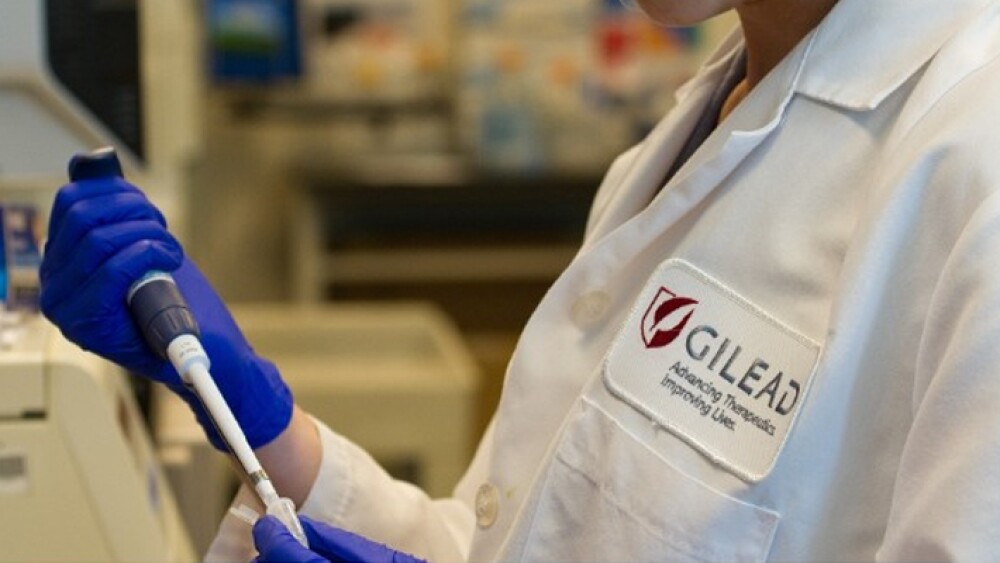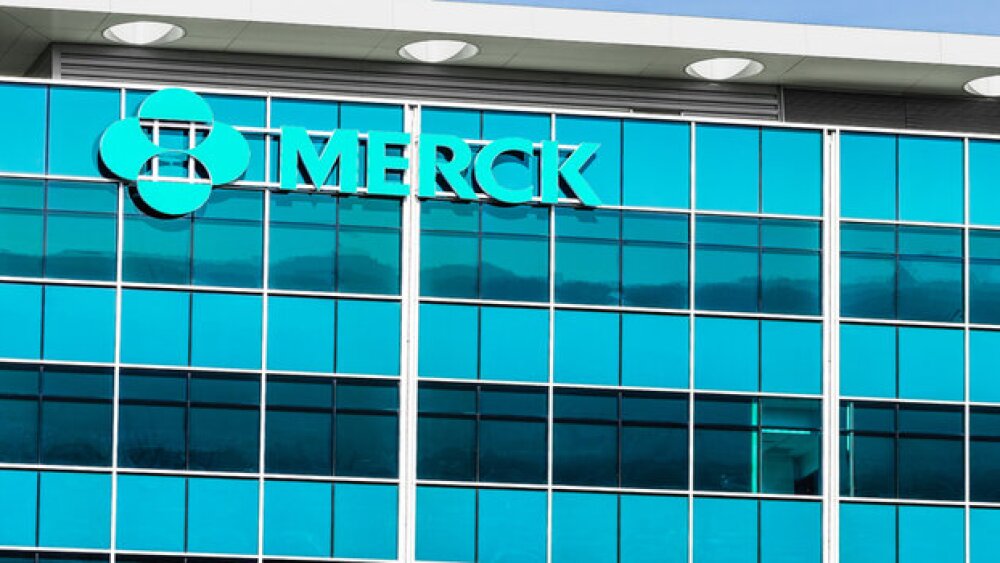February 9, 2017
By Mark Terry, BioSpace.com Breaking News Staff
Gilead Sciences ’ annual earnings report didn’t make investors terribly happy, and the company’s shares dropped 10 percent in early morning trading yesterday to show it. That means the company’s market cap dropped $9 billion. Writing for The Motley Fool, Brian Feroldi takes a look.
The fourth-quarter reports showed the company’s revenue dropped by 15 percent to $7.3 billion. Spending on research and development increased by 60 percent. The company’s adjusted earnings per share (EPS) plunged by 19 percent.
The toughest thing about Gilead’s position? The company’s growth over the years has been the result of its hepatitis C (HCV) franchise, which has essentially cured the disease. And curing diseases, it seems, is bad for business. And the company’s chief executive officer, John Milligan, as much as admitted that if Gilead doesn’t buy anything it can’t grow.
In 2016, Gilead’s HCV sales, which includes Sovaldi, Harvoni, and Epclusa, brought in $14.8 billion. But it’s forecast for this year is for $9 billion.
Not good news. But Feroldi notes that it’s not all negative. “Gilead’s spending may be on the rise, but the company is doing so in order to advance its promising pipeline. Currently, Gilead has 28 clinical studies in progress, 10 of which are in late-stage trials. This fact should give investors some comfort that this company is investing in its future.”
And it’s got $32 billion in cash, not pocket change. And it’s increasing its dividend by 10 percent. “Make no mistake,” Feroldi writes, “the negatives from this report more than canceled out any of this good news. With revenue and profits expected to decline for the foreseeable future, it is hard to imagine why the markets would turn bullish on this stock until the company can put its cash hoard to work. With no news on that front, the waiting game continues.”
Adam Feuerstein, writing for TheStreet, notes that in 2013, Gilead’s total revenue was $11.2. It had acquired Pharmasset in November 2011, which is where it picked up its first promising HCV drug. By 2014, the first full year of Sovaldi and Harvoni sales, revenue was $24.9 billion. It jumped again in 2015 to $32 billion, $19 billion which came from HCV. “That’s insane growth,” he writes. “Gilead made billions of dollars from its hepatitis C drug franchise. Shareholders were rewarded. By all measures, curing hepatitis C was great business for Gilead.”
The problem is that the pool of patients shrank. And Merck and AbbVie also have HCV drugs. Because of that, insurers are using the competition to push for lower prices, larger discounts and rebates.
Feuerstein also notes how different Gilead’s HIV business is from its HCV business. “Once universally fatal, HIV has been defanged by highly effective antiviral therapies that keep the virus suppressed—as long as patients take their medicine. There is no cure for HIV, but the disease is now managed by chronic, daily therapy.”
Feuerstein notes that the whole concept “invokes the worst conspiracy theories thrown at the pharmaceutical industry in which people accuse drug makers of stifling research into disease cures because it is more profitable to treat symptoms. Hook patients on pills forever. For the record, I don’t believe that charge. There is no cure for cancer hidden away in a vault somewhere.”
What Gilead demonstrates, Feuerstein suggests, is something of a warning to the rest of the industry—“as much thought needs to go into selling cures as developing them. There is an economic disincentive to curing disease if the business model doesn’t work.”
Gilead is currently trading for $65.65.





